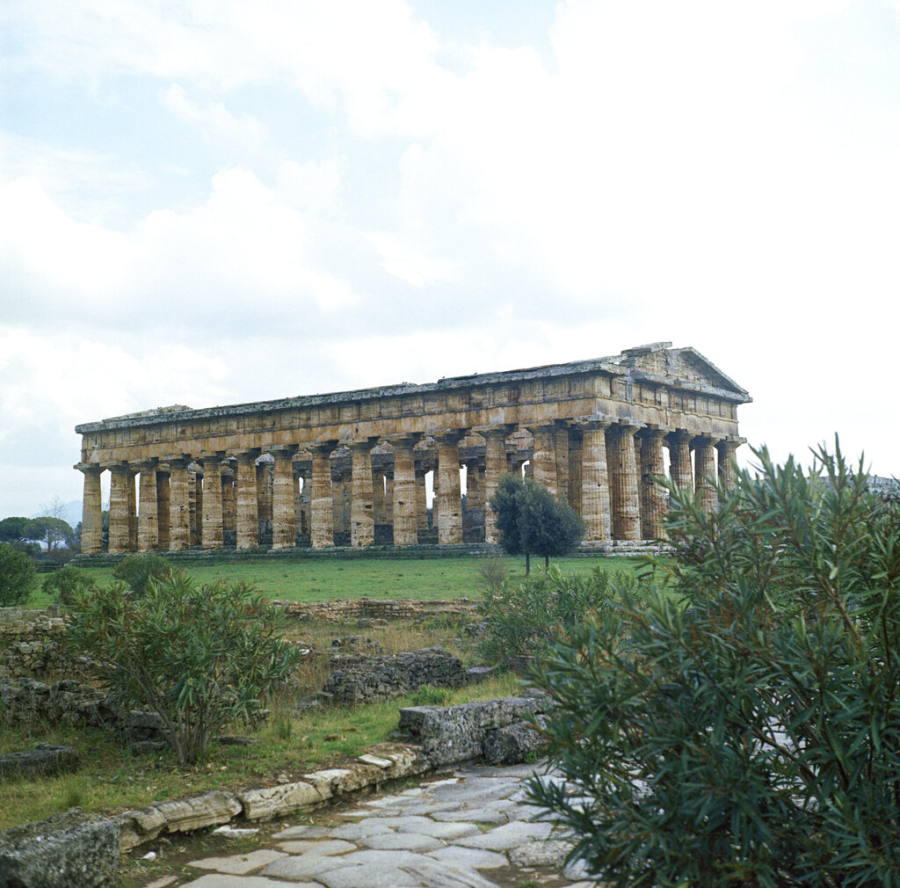We’ve figured out Roman Concrete. How will we use it?
The Temple of Neptune
The years following the decline of the Roman Empire were known as the Middle Ages, nicknamed quite accurately, the Dark Ages. Characterized by economic, intellectual, and cultural decline, it was when many technologies of the old world were forgotten. Roman concrete is among one of those technologies.
When you think of Roman architecture you may think of columns, the Colosseum, the Pantheon, the aqueducts, the Parthenon, etc. At the center of all of those marvels of engineering, is the use of Roman concrete. The Pantheon, for example, is still the largest unsupported concrete dome in the world, and it was built around the year 447 BC. Masters of engineering, the Romans’ secret to this impressive longevity was long thought to be the Romans’ use of Pozzuoli volcanic ash. However, recent research and discovery have uncovered the truth about Roman concrete’s ultra durability.
Published by ScienceAdvances, MIT professor of civil and environmental engineering Admir Masic, former doctoral student Linda Seymour ‘14, Ph.D. ‘21, and four other others discovered, under close examination, ancient samples of the concrete also seemed to contain small distinctive, millimeter-scale bright white mineral features, also known as “lime clasts.” Thought previously to have been the evidence of sloppy mixing practice, the tiny lime clasts actually gave the concrete a “self-healing capability.” When the tests of time create pressure on the concrete, the brittle lime clasts would break apart and move to where cracks were forming to create a bandage effect, quickly removing the possibility of a larger crack forming. This would explain the unusual longevity of Roman buildings and their structures. All of this is found on their Lab Report.
This discovery is exciting because high school students taking engineering, world history, or art history would have heard about the uses of Roman concrete. It was regarded as a myth: the processes and makings of the concrete. The concrete allowed the Romans to expand on their architectural projects. They were able to innovate and support their innovations with concrete. They create bathhouses, central heating, flushing toilets, and sewers all with the help of the durability of opus caementicium. All of this being imperative to the society we live in today. Their technology changed the way humans lived.
With this knowledge, we might be able to expect the advancements of many other materials and maybe the innovation of certain architectural spaces. For example, North Penn High School is in talks about the renovation of the school. Talks expand all the way to a new building next to the school. As the possibility of renovation is far away, as more research is done, the self-feeling mechanism of Roman concrete could be implemented in the school’s new infrastructure. Even if we do not implement concrete designs for the renovation, the research and information may eventually lead to more durable materials in general, which could benefit the school and bring longevity previously unknown. The discovery of Roman concrete may just seem like a cool, window to the past and a niche concept. However, with this newfound knowledge, we may be able to expand past our current architectural and developmental horizons and open up doors to new possibilities.


